Understanding Citrines
Citrines are cherished for their warm golden tones, clarity, and bright, uplifting character. Long associated with joy, energy, and prosperity, citrines bring a distinctive glow to bracelet designs — perfect for adding warmth and personality to your collection.
Understanding how citrines are evaluated and matched will help you choose a bracelet that combines both quality and style.
Citrine Selection
What Are Citrines?
Citrine is the golden-yellow variety of quartz, named after the French word citron, meaning “lemon,” for its fresh, sunny hue.
Citrines are prized for their vivid color, transparency, and durability — qualities that make them ideal for bracelets where stones need to be matched and set closely together.
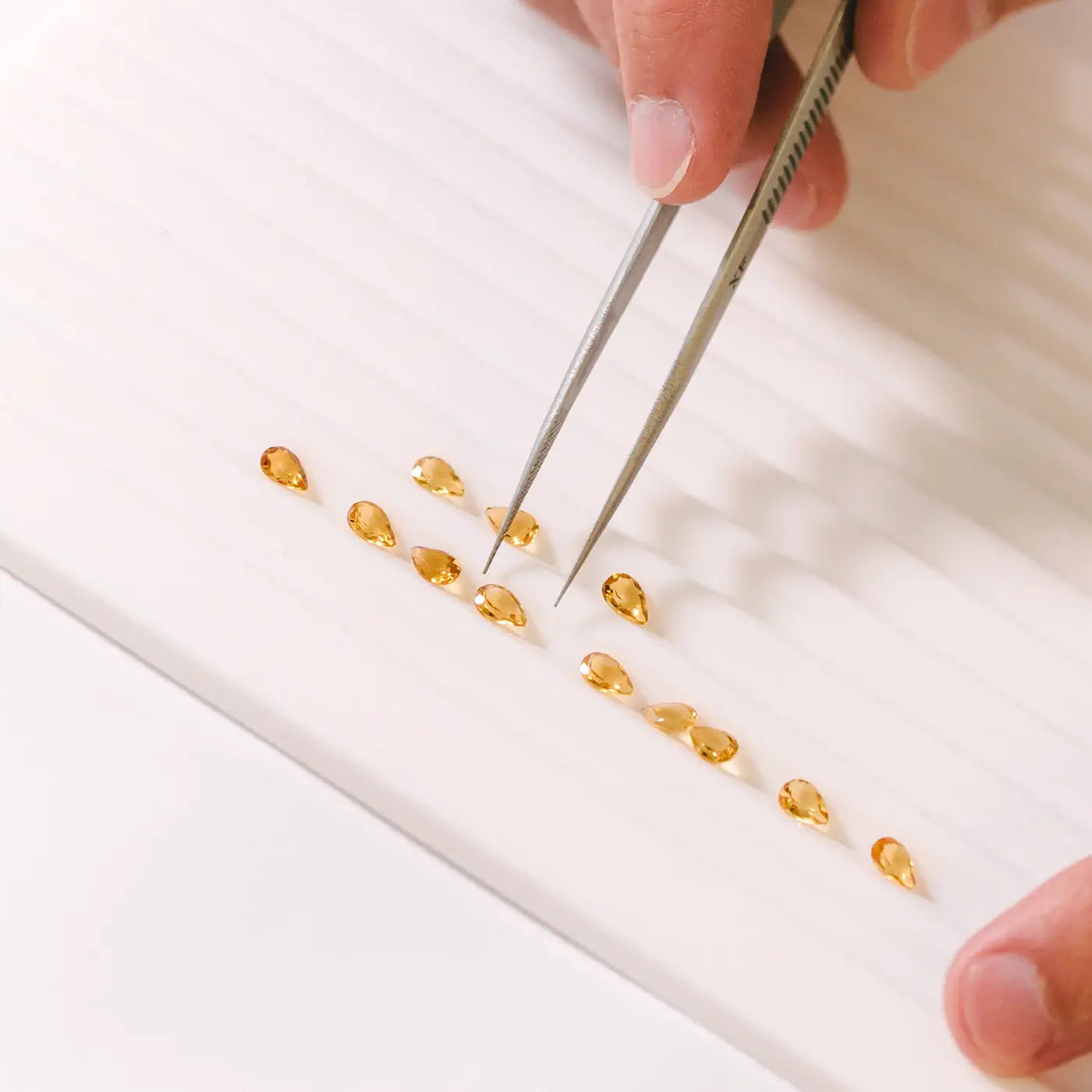
Color
Color is the most important factor in evaluating a citrine. The most desirable stones display a bright, even golden-yellow to orange-yellow tone, free of brownish or dull undertones.
In bracelets, consistency in color across all stones is critical — matched stones create a seamless, harmonious line that highlights the brilliance of the design.
Citrines pair beautifully with all gold tones — yellow and rose gold enhance their warmth, while white gold offers a fresh contrast.
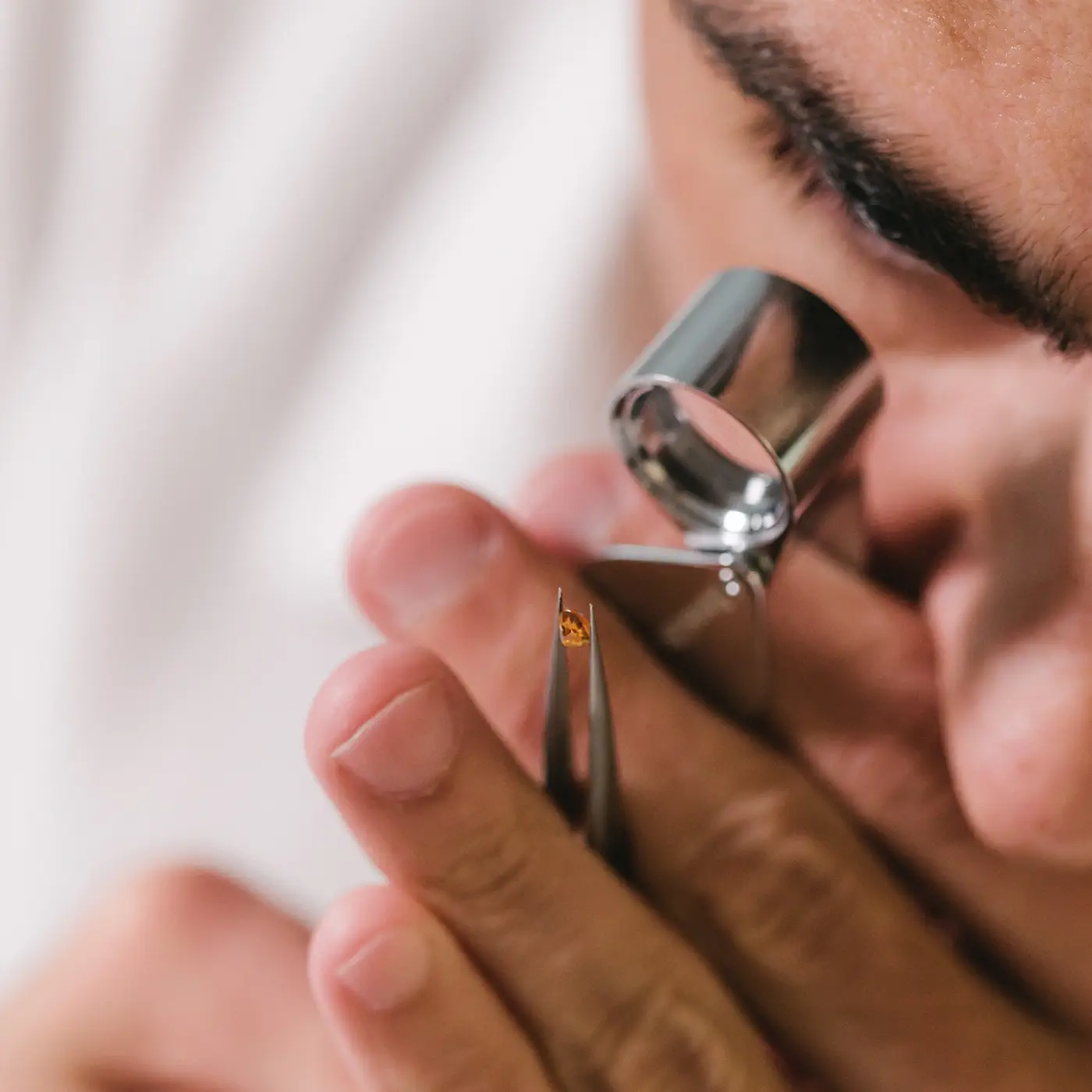
Clarity
Citrines are typically very clean gemstones. High-quality stones are free of visible inclusions, maintaining their brilliance and uniformity throughout the bracelet.
For bracelets, clarity ensures that the stones appear bright and unbroken, without distracting imperfections.
Cut
Cut refers to the symmetry, proportions, and polish of the stones — all of which determine how the citrine interacts with light.
Common shapes in bracelets include:
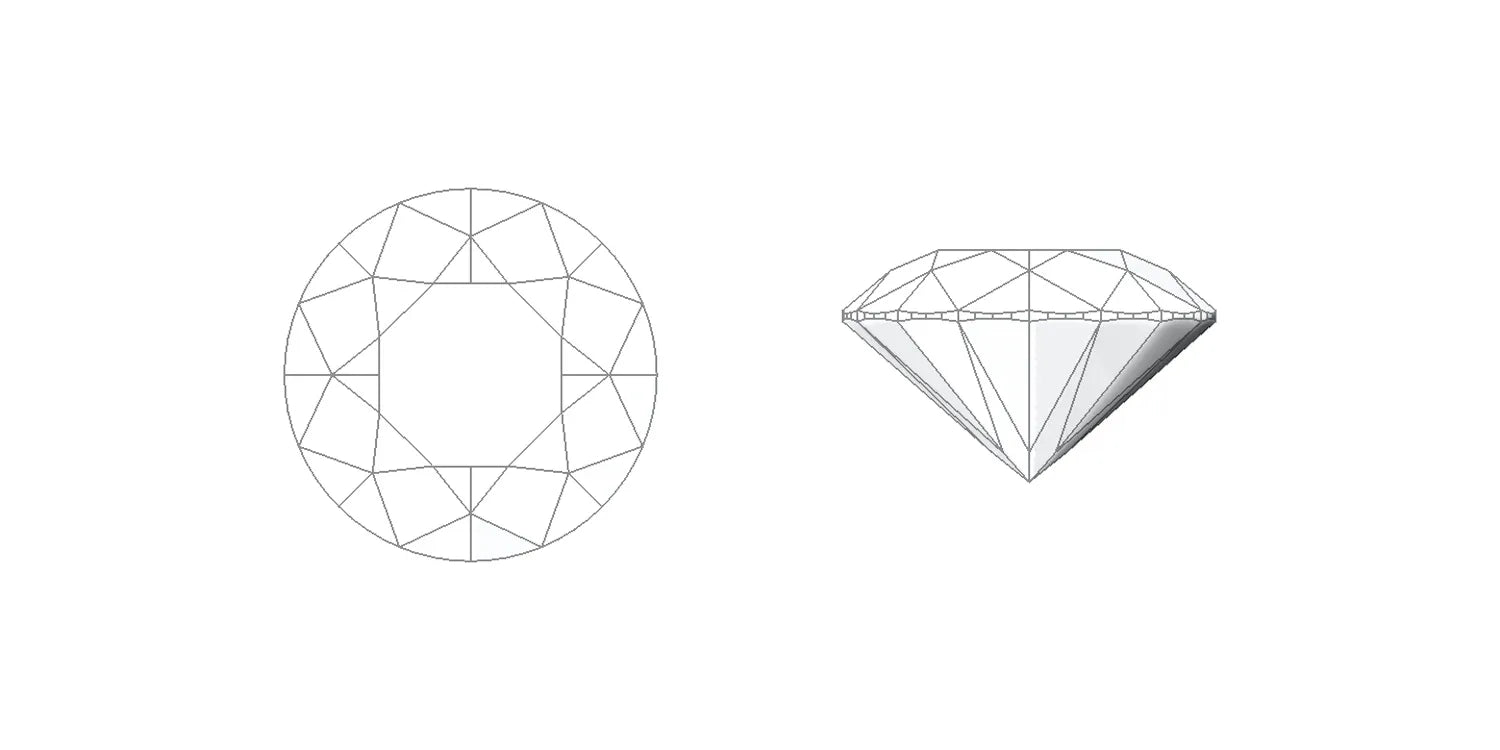
Round
Classic and versatile
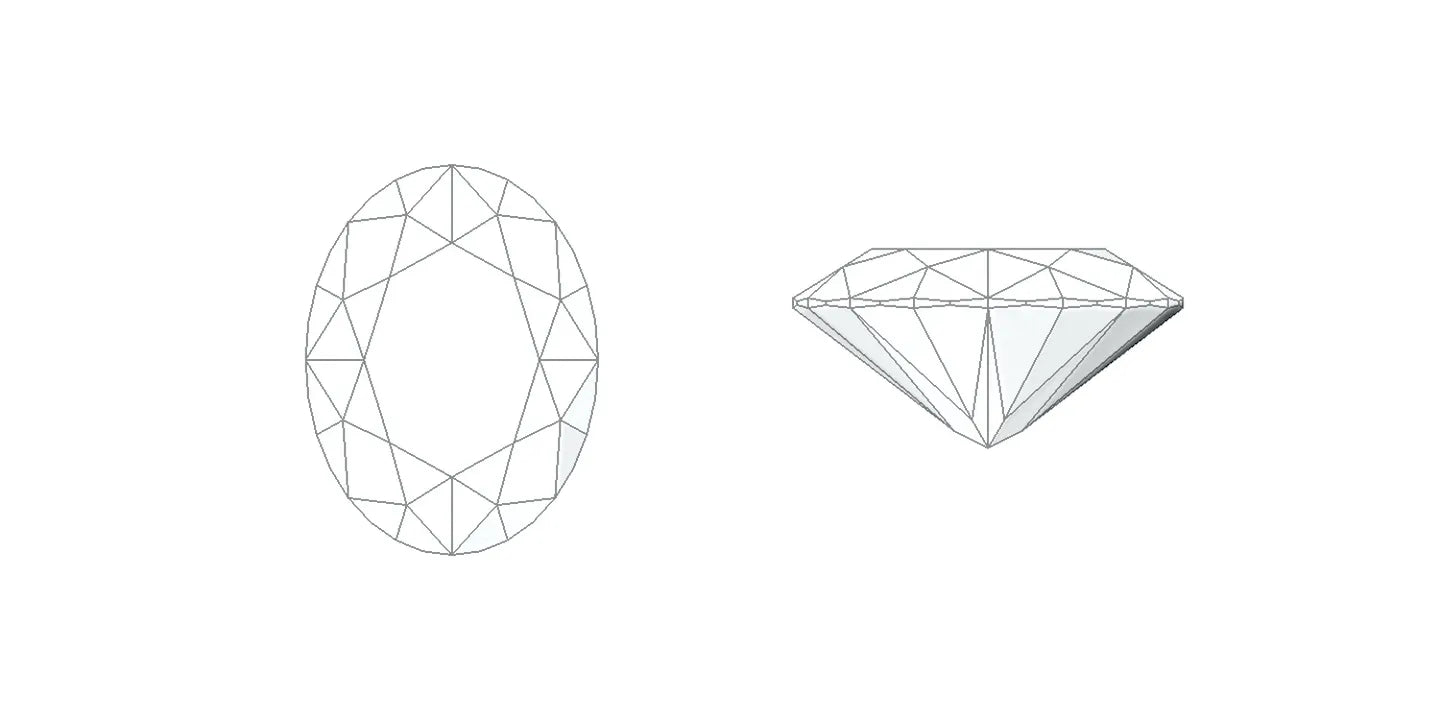
Oval
Graceful and elongating
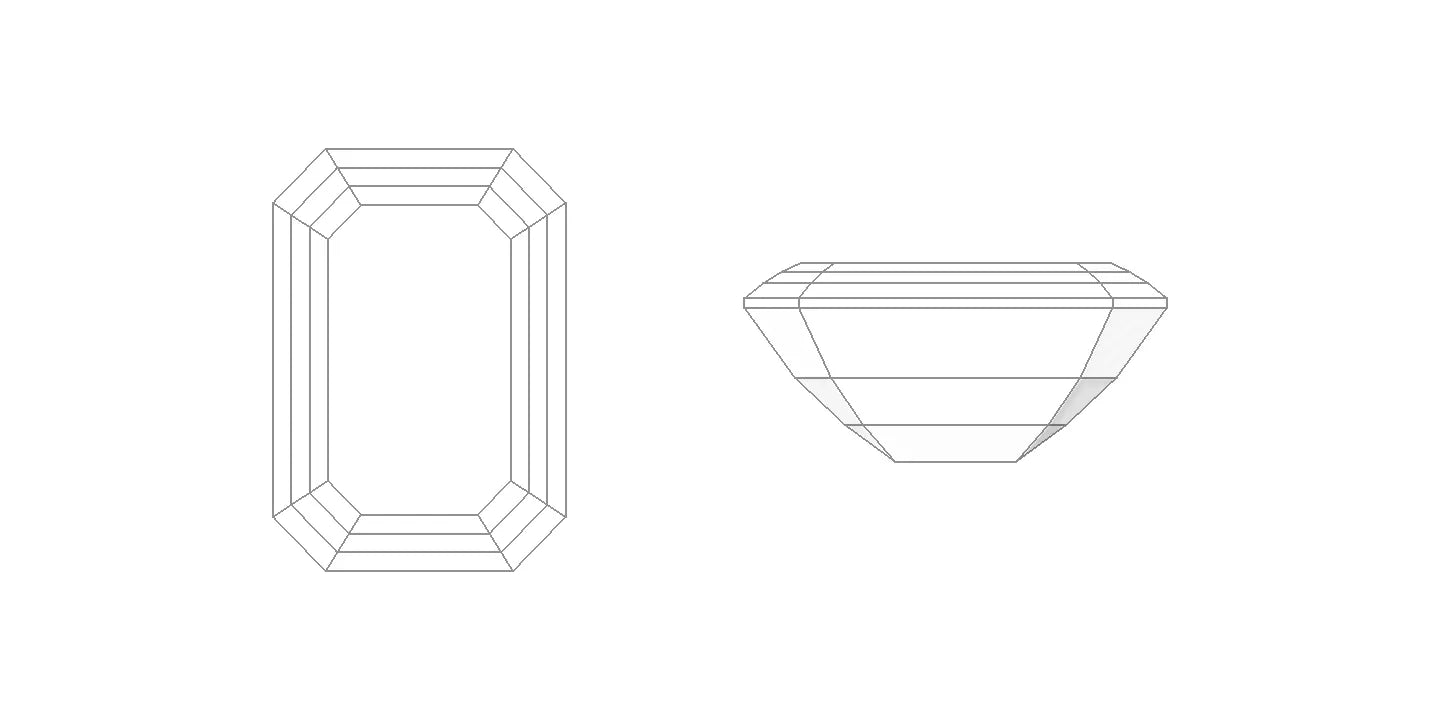
Emerald cut
Clean and sophisticated
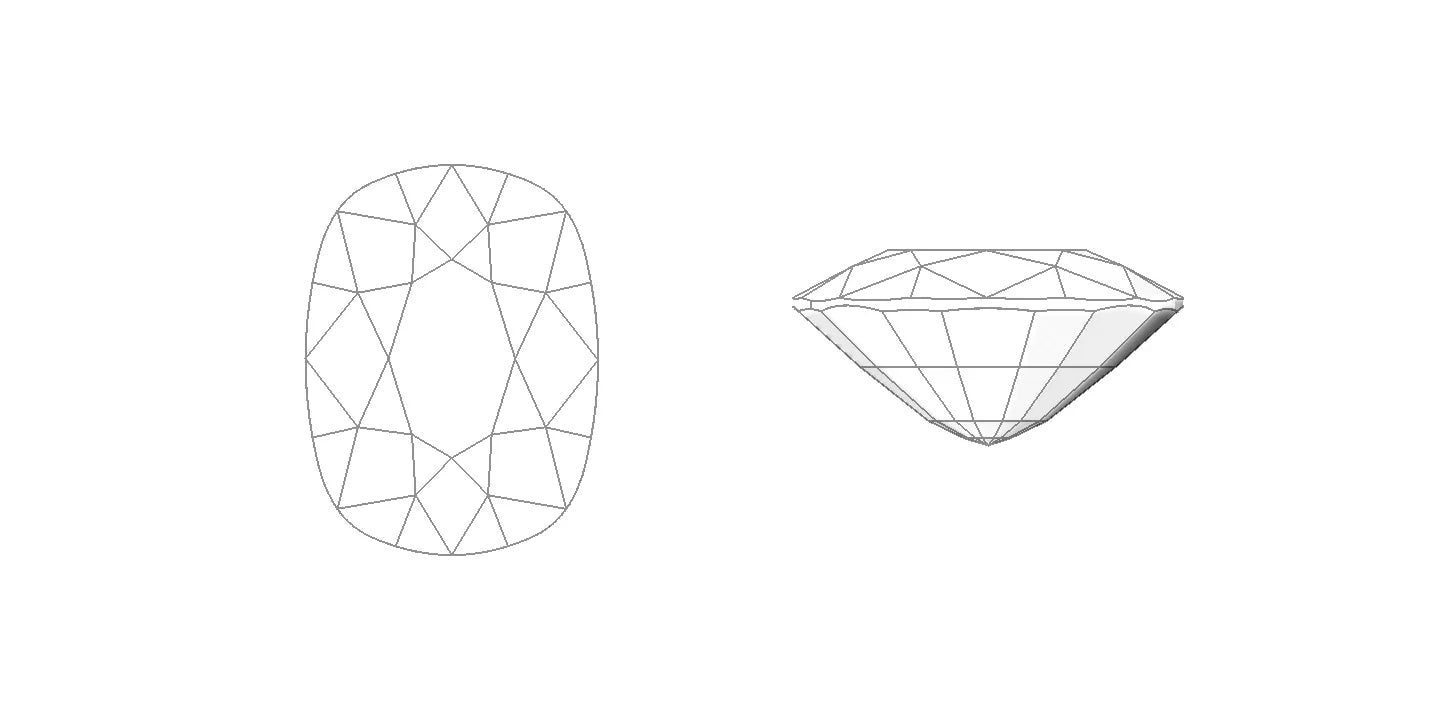
Cushion
Soft and romantic
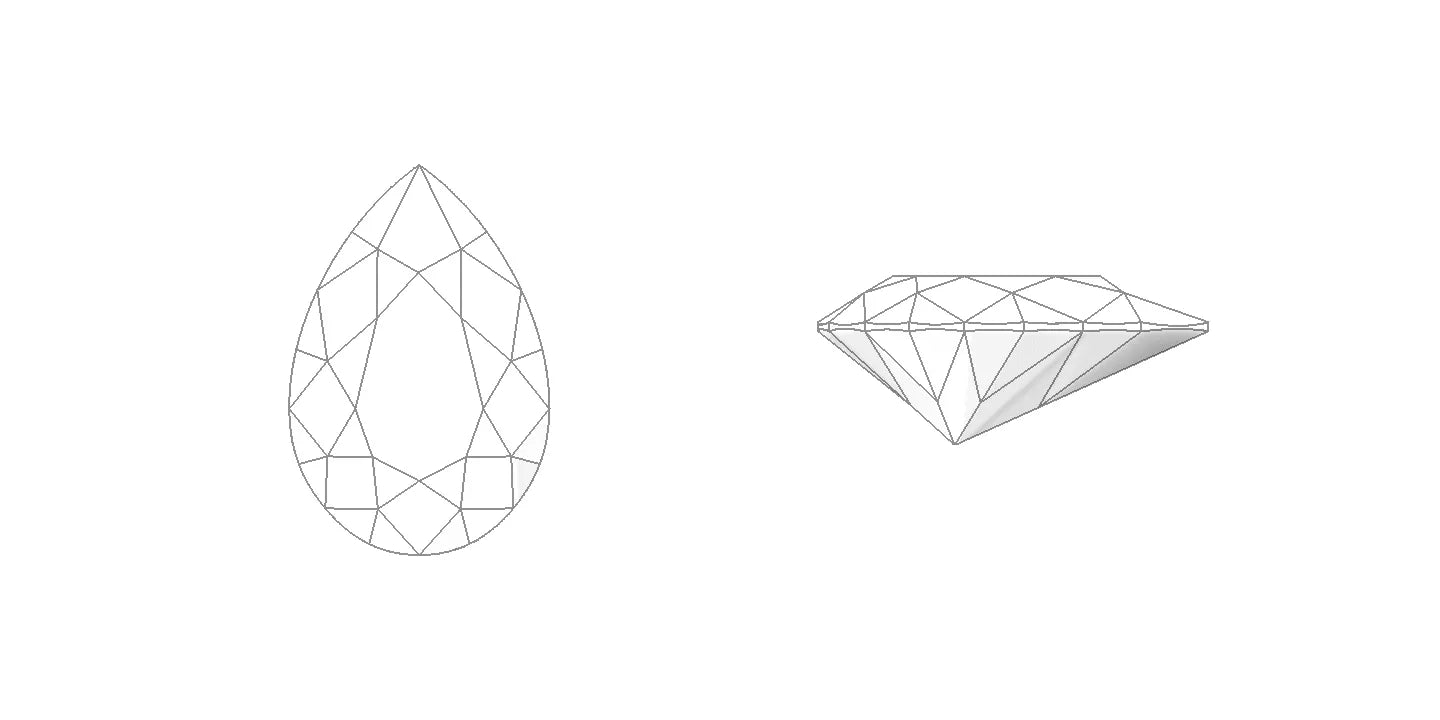
Pear
Distinctive with its teardrop silhouette
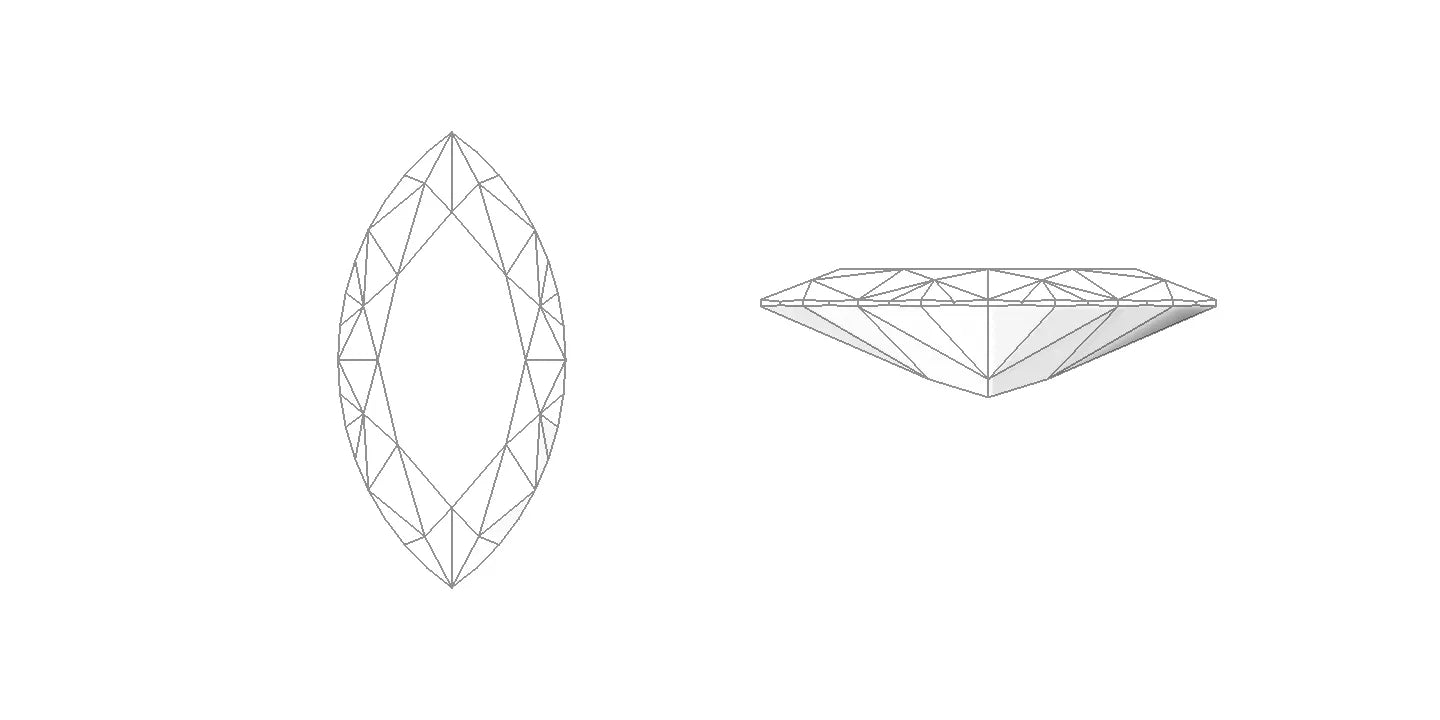
Marquise
Dramatic and elongated, adding movement to the line
Carat Weight
Carat weight refers to the weight of the stones, but because citrine has a lower density than diamonds or sapphires, it appears larger for the same weight.
In bracelets, the total carat weight (ctw) refers to the combined weight of all stones. The emphasis is on balance and how well the stones are matched and set, rather than the size of individual stones.
Origin
Most citrines come from:
- Brazil: the most prominent source, producing high-quality stones with warm, vivid tones.
- Madagascar: known for slightly deeper golden hues.
Origin has less influence on pricing than color, clarity, and overall craftsmanship.
Certification
Citrines in bracelets are rarely certified due to the small size of each stone. For high-value or feature stones, a certificate from a trusted laboratory can confirm the identity and natural origin of the citrine.

Final Thoughts
When selecting a citrine bracelet, focus on:
✔ Even, vibrant color across all stones
✔ High clarity and brightness
✔ Well-matched cut, size, and proportion
✔ Balanced, secure craftsmanship
Citrine bracelets bring a warm, radiant energy — an elegant way to express personality and style.
We’re here to guide you with expertise, transparency, and attention to every detail.